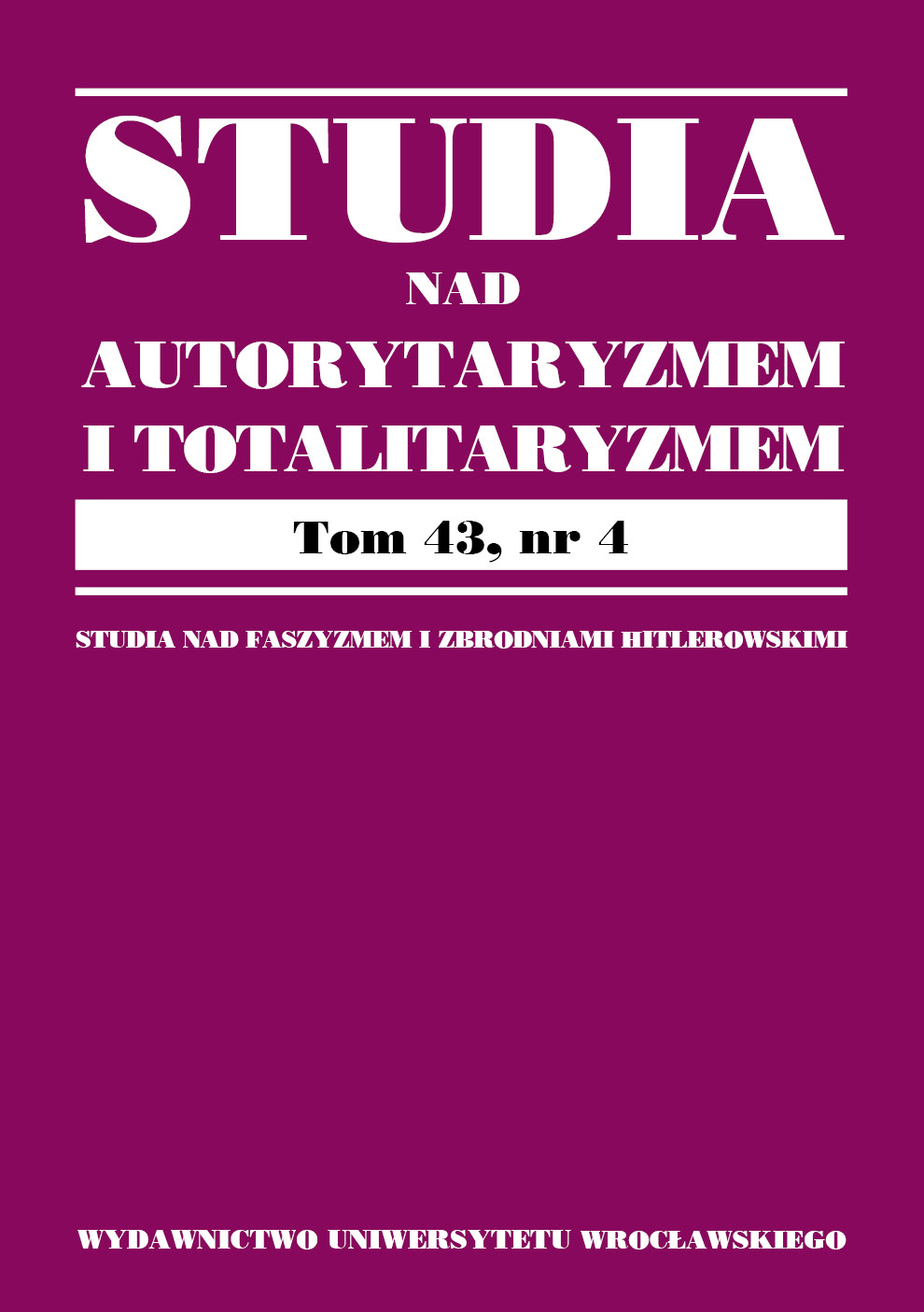

Articles

The resource-rich and state-led Turkmen economy has grown very fast since the beginning of the twenty-first century. The authorities have produced a number of various programmes and strategies aimed at improving the standard of living of the citizens and achieving sustainable and inclusive development. Officially, nearly 80% of the national budget in Turkmenistan has been annually allocated for social needs. However, instead of creating opportunities and improving access to these opportunities for the citizens, the authoritarian government chose income redistribution and social spending. The paper identifies key features of the economic development in Turkmenistan and was written base on a critical analysis of state-controlled and independent news websites. The main feature of the Turkmen-style economic development is the growing deprivation of ordinary people. Poor citizens are getting poorer while the president’s relatives and patronage networks are getting richer. Huge gaps between the rural and urban population and tribal divisions have been observed in the country. Moreover, the Soviet-style work holidays continue. Despite significant improvements in infrastructure, provision for education and health care still remains poor in Turkmenistan. The government expenditure for social needs means investment in infrastructure, not human capital.